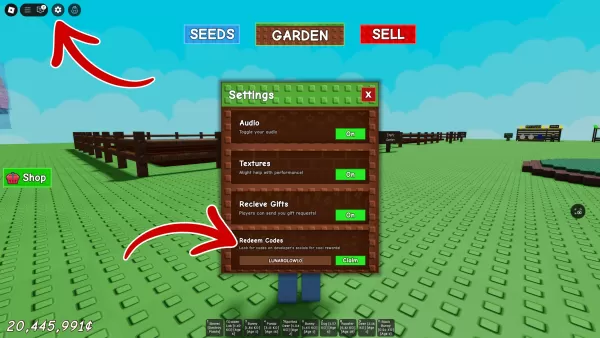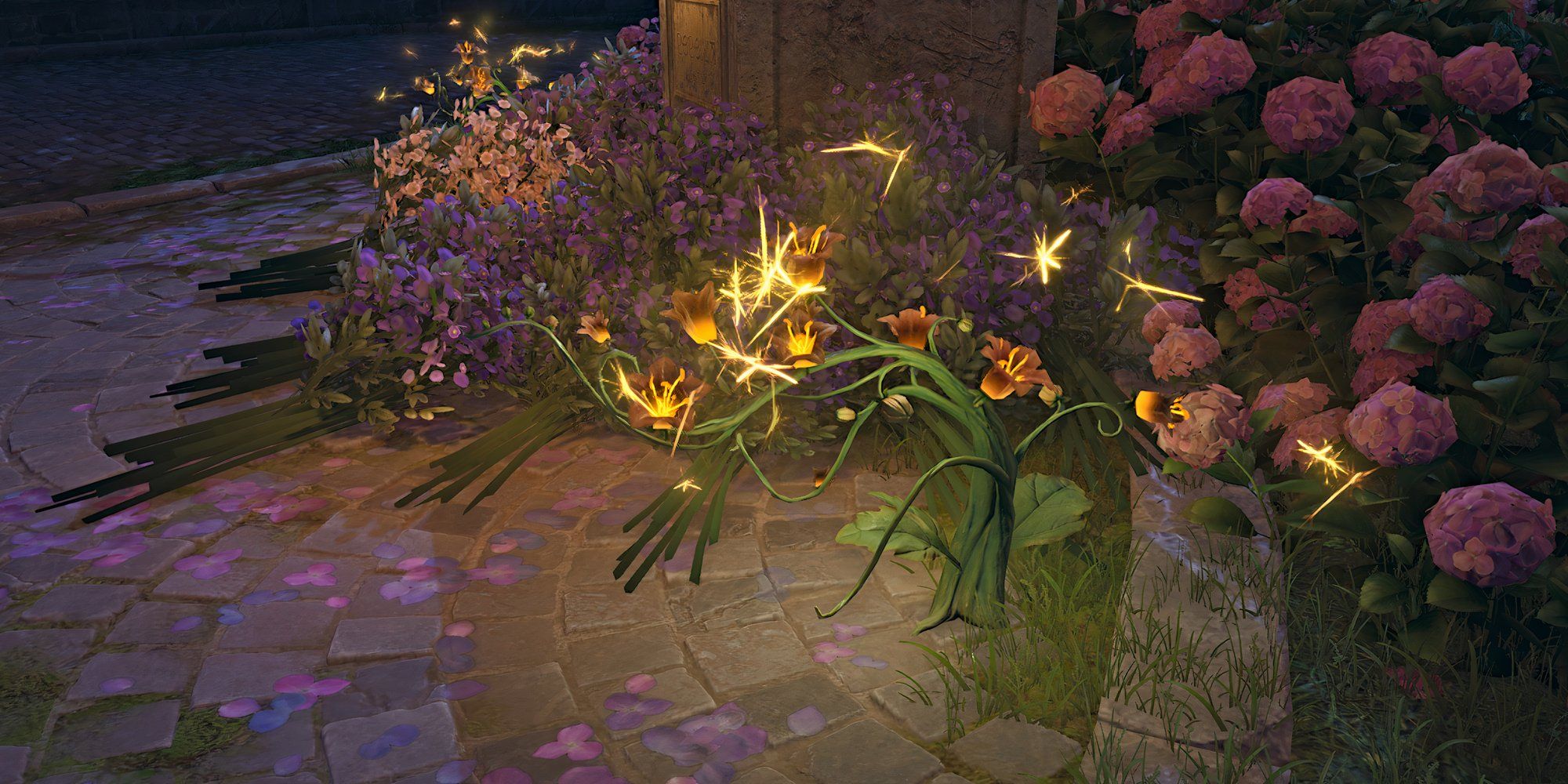From the moment I launched the Tempest Rising demo, I was hit with a wave of nostalgia. The opening cinematic, with its campy dialogue from armored soldiers and a quirky scientist, instantly brought a smile to my face. The game's music, user interface, and units are meticulously crafted to transport me back to my high school days, when I'd spend countless nights playing Command & Conquer, fueled by Mountain Dew, taco-flavored Pringles, and sleep deprivation. Experiencing this familiar feeling through a new game in today's era is exhilarating, and I'm eager to discover what Slipgate Ironworks has in store for the full release and beyond. Whether diving into Skirmish mode to battle clever AI bots or engaging in Ranked Multiplayer, playing Tempest Rising feels as natural as slipping on my well-worn baseball glove.
This nostalgic vibe is no coincidence. The developers at Slipgate Ironworks deliberately set out to craft a real-time strategy (RTS) game that captures the essence of the classics from the '90s and 2000s, while incorporating modern quality-of-life enhancements. Set in an alternate 1997 where the Cuban Missile Crisis escalated into World War 3, Tempest Rising unfolds in a world ravaged by nuclear fallout. Amidst this chaos, mysterious flowering vines emerge, brimming with electrical energy and heralding a new era of power for those brave enough to harvest them.
Tempest Rising Screenshots

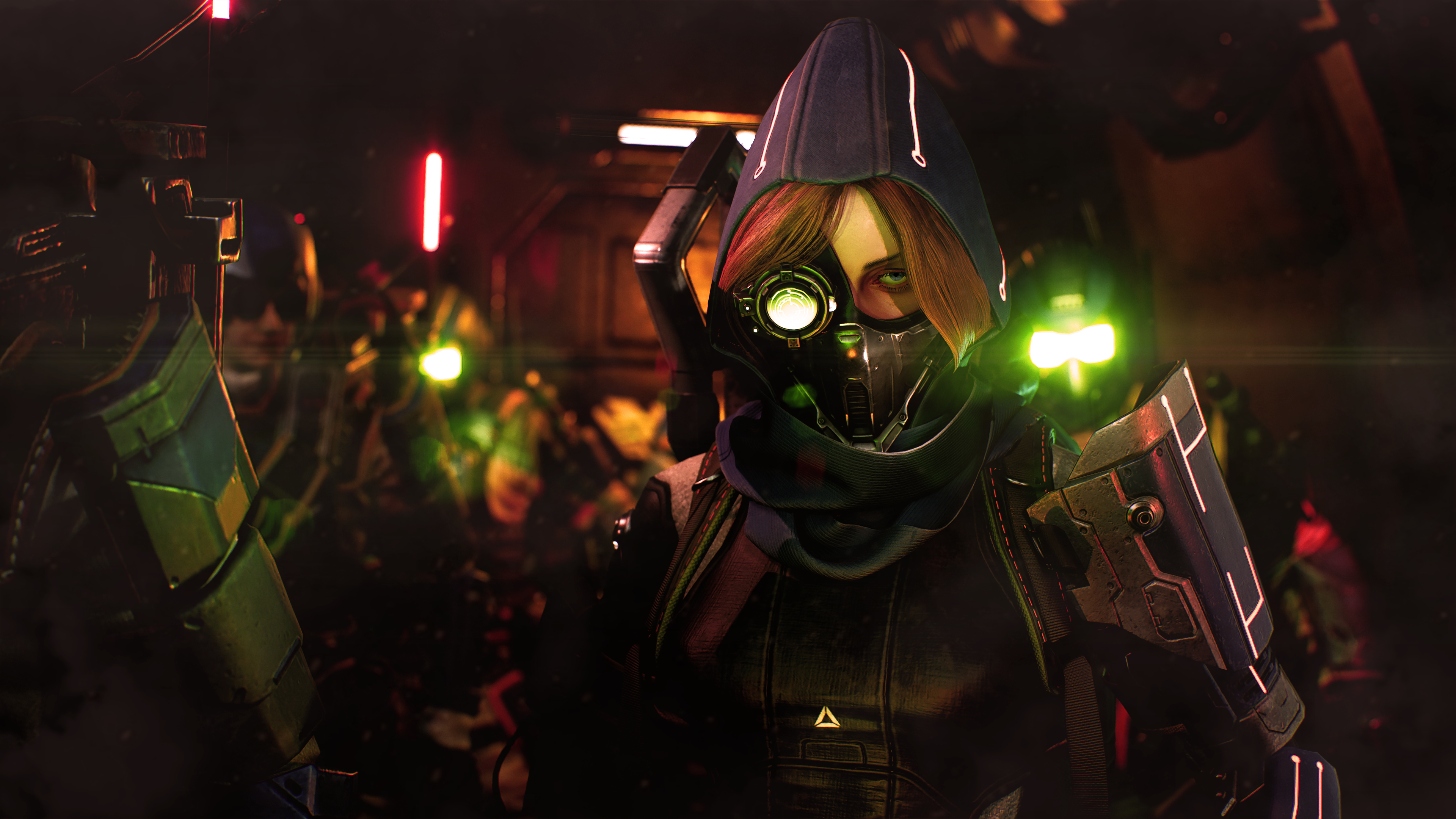 8 Images
8 Images
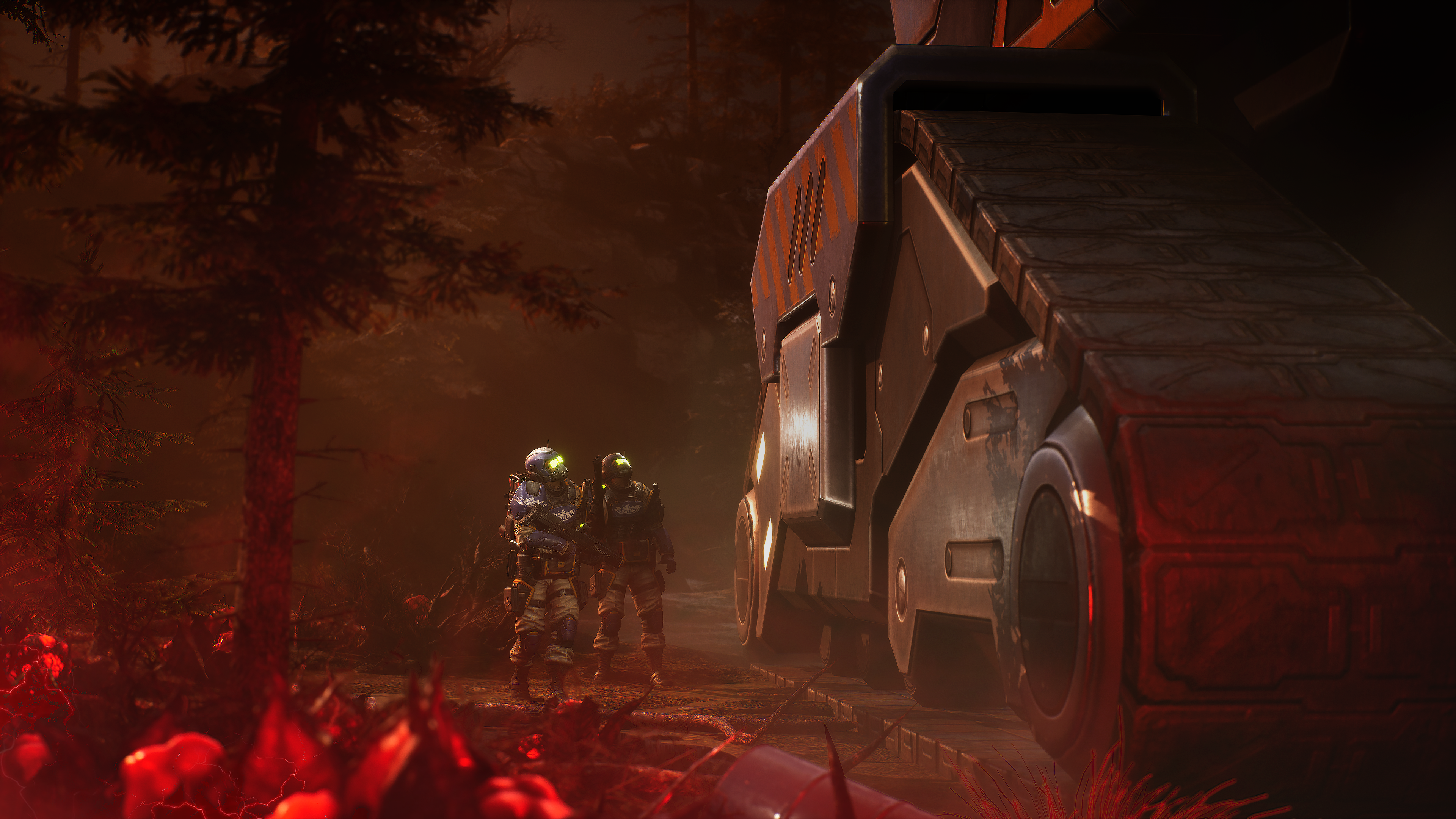

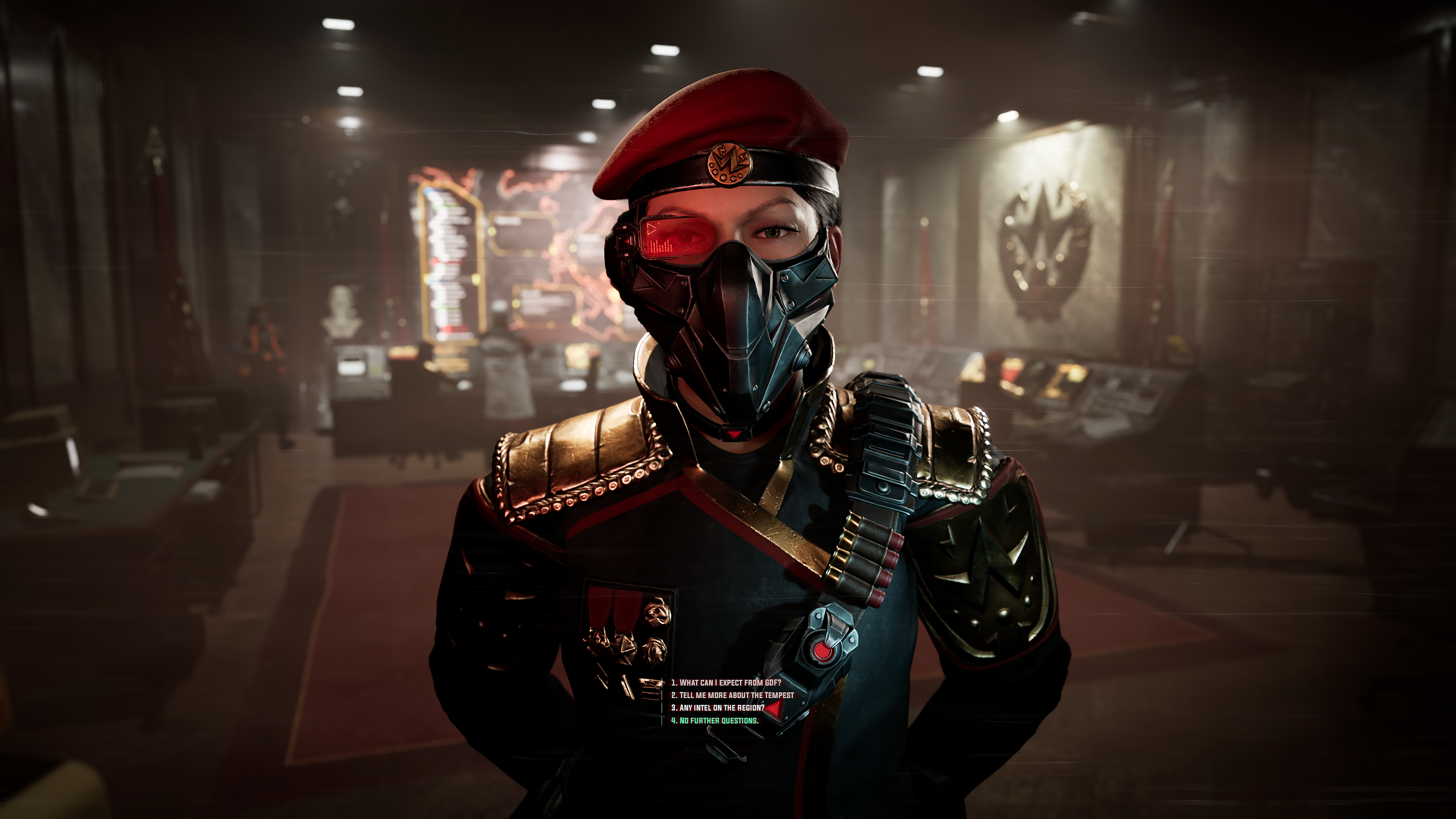
Since the demo focused solely on multiplayer, I'm eagerly awaiting the story mode, which promises two replayable 11-mission campaigns for the two main factions introduced in the preview. The Tempest Dynasty (TD) represents an alliance of Eastern European and Asian nations, severely impacted by WW3. In contrast, the Global Defense Forces (GDF) is a coalition of the United States, Canada, and Western Europe. A third faction remains shrouded in mystery, unavailable in the preview, the Steam RTS Fest demo, or at launch.
The Tempest Dynasty immediately caught my attention, particularly with their amusing 'death ball' vehicle, the Tempest Sphere, which amusingly crushes enemy infantry. Beyond the humor, the Dynasty's 'plans' system offers faction-wide bonuses in three distinct categories. Your Construction Yard, the starting building for all, can activate one plan at a time. With just a bit more power and a 30-second cooldown between switches, you're ready to go.
The Logistics Plan speeds up construction and resource harvesting, making mobile harvesters more efficient. The Martial Plan enhances unit attack speed, offers resistance to explosives, and allows Machinist units to sacrifice health for a 50% attack speed boost. Lastly, the Security Plan reduces the cost of creating units and buildings, improves Repair capabilities, and extends Radar vision. I found a strategic rhythm by cycling between the Logistics Plan for resource gathering, the Security Plan for rapid expansion, and the Martial Plan for aggressive assaults.
The Dynasty's flexibility extends further. Instead of building a Refinery to harvest nearby tempest fields as the GDF does, the Tempest Dynasty deploys Tempest Rigs. These mobile units drive to resource-rich areas, harvest until depletion, then move on. This approach makes executing my favorite 'fast expand' strategy in RTS games easier and more effective, as the distance from the base doesn't matter. Sending a few rigs to distant locations allowed them to harvest undisturbed, providing a steady income without alerting opponents.
Another unique unit, the Salvage Van, not only repairs nearby vehicles but can switch to Salvage Mode, destroying vehicles to reclaim resources for the Dynasty. Sneaking up on unsuspecting opponents and using the Salvage Van to both weaken their forces and bolster my resources has been a thrilling tactic.
Dynasty power plants offer another strategic layer, switching between power generation and 'Distribution Mode,' which boosts construction and attack speeds of nearby buildings (some even have cannons after upgrades). This mode comes with a risk, as it damages the buildings, but automatically deactivates at critical health levels, preventing self-destruction.
While the Tempest Dynasty captivates me, the GDF holds its own allure with its focus on buffing allies, debuffing enemies, and controlling the battlefield. My favorite GDF synergy involves the Marking mechanic, where certain units can mark enemies, dropping Intel upon their defeat. This Intel is crucial for advanced units and structures. With specific Doctrine upgrades, marked enemies suffer various debuffs, enhancing the strategic depth of the GDF's gameplay.
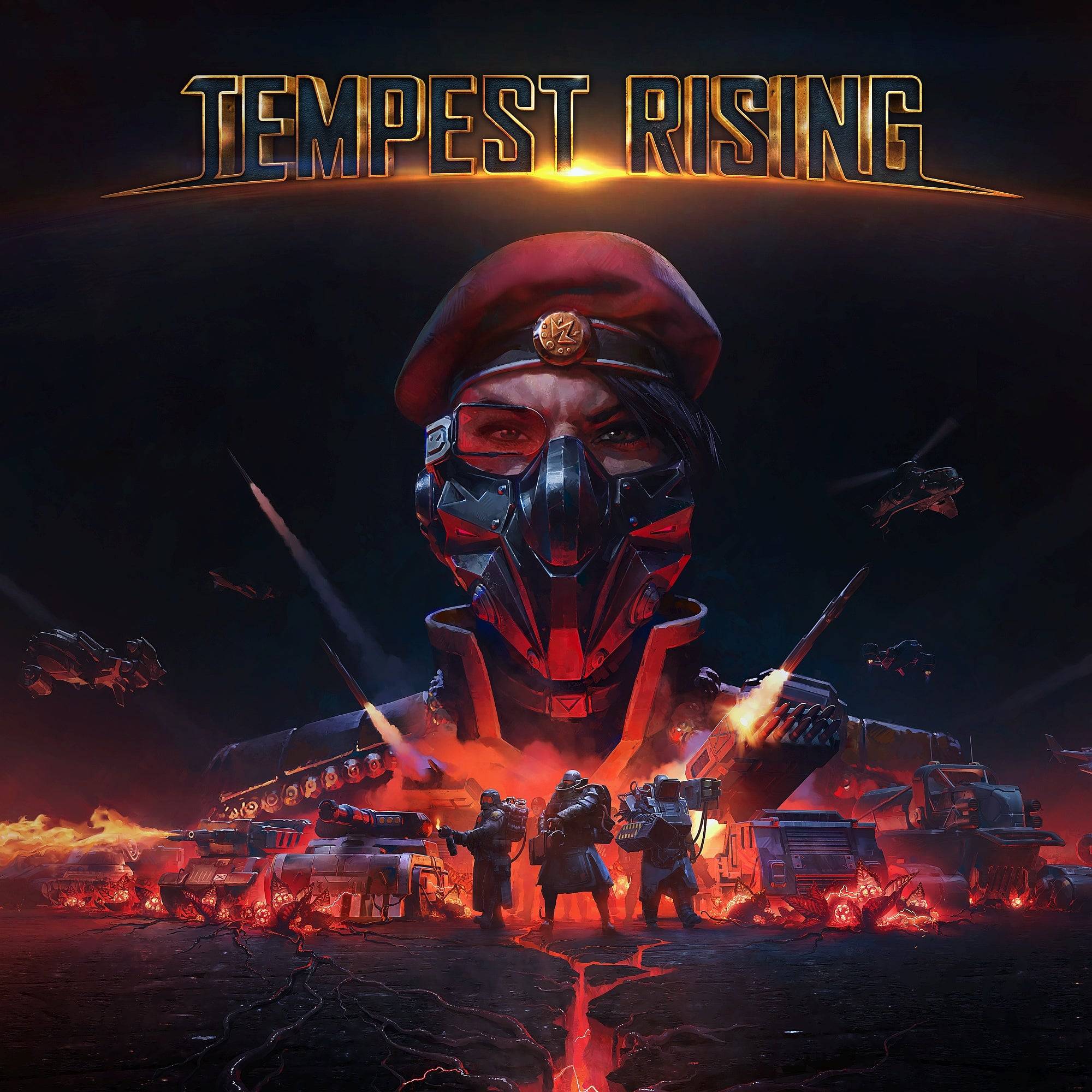 Tempest Rising3D Realms Wishlist
Tempest Rising3D Realms Wishlist
Each faction boasts three tech trees, allowing players to tailor their strategies. The GDF's 'Marking & Intel' tree enhances marking capabilities, while the Dynasty's tree boosts the effectiveness of their 'Plans.' Alongside these, cooldown abilities unlocked by building specific structures add dynamic gameplay elements. These abilities, which cost money to activate and have their own cooldowns, can significantly influence battles, offering unique strategic advantages to each faction. While both factions can deploy area damage and spawn additional troops, the GDF also has access to spy drones, remote building beacons, and even a temporary vehicle disablement tool.
The Dynasty's fewer, but upgradeable, buildings make them vulnerable to enemy Engineers. To mitigate this, they have a Lockdown ability that prevents takeovers at the cost of the building's functionality. The Field Infirmary ability, which I frequently utilized, allows for troop healing anywhere on the map, complementing the Dynasty's repair-focused units and vehicles.
There's much more to explore, and I'm excited for the launch version, which will enable Custom Lobbies with friends, allowing us to team up against the game's clever AI bots, known for their hit-and-run and harrying tactics. Until then, I'll continue my solo battles, crushing my bot enemies with swarms of death balls.

 Latest Downloads
Latest Downloads
 Downlaod
Downlaod




 Top News
Top News